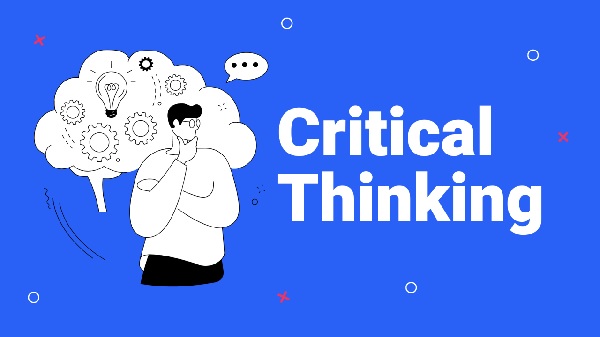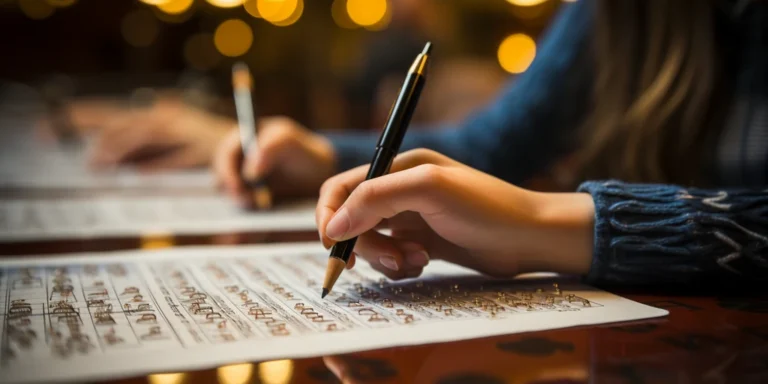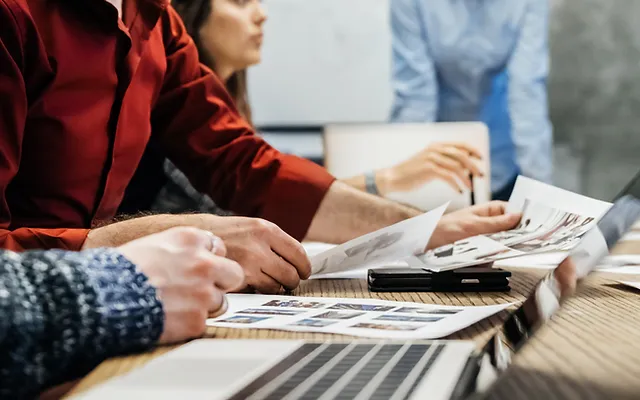Using Flashcards: A Proven Method for Retention
Flashcards have become a fundamental tool in educational settings, helping students of all ages enhance their retention of information. This simple yet effective learning strategy taps into cognitive science principles to facilitate better memory recall. In this article, we’ll explore the science behind flashcards, their benefits, and practical tips on how to create and use them effectively for maximum retention.
Introduction to Flashcards
Flashcards are learning tools that consist of cards with a question or term on one side and the answer or definition on the other. This format is ideal for studying languages, memorizing vocabulary, or retaining key concepts in any subject. The simplicity and adaptability of flashcards make them a favorite among students and educators.
The Science Behind Flashcards
Spaced Repetition
Spaced repetition is a key principle in effective learning. It involves reviewing information at gradually increasing intervals, which helps combat the forgetting curve—a concept introduced by psychologist Hermann Ebbinghaus. By spacing out study sessions, learners reinforce their memory, transitioning information from short-term to long-term storage.
Active Recall
Active recall is another fundamental aspect of flashcards. This method requires learners to retrieve information from memory rather than passively reviewing it. Research shows that actively recalling information strengthens neural connections, making it easier to remember in the future. Flashcards turn studying into an interactive process, significantly enhancing retention.
Benefits of Using Flashcards
Improved Retention Rates
One of the primary advantages of flashcards is their ability to boost retention rates. By engaging with the material through active recall and spaced repetition, learners can retain information for longer periods, which is especially crucial during exam preparation.
Flexibility and Portability
Flashcards are flexible and portable, allowing students to study anywhere—whether at home, during commutes, or in between classes. Digital flashcards can be accessed on smartphones or tablets, providing convenient study sessions whenever needed.
Customization
Creating your own flashcards allows for a personalized learning experience. You can tailor the content to address specific areas of difficulty, making the study sessions more relevant and effective.
Enhanced Engagement
Flashcards promote active participation in the learning process, leading to higher engagement levels. When learners actively interact with the material, they are more likely to stay focused and motivated.
Creating Effective Flashcards
Keep It Simple
When designing flashcards, simplicity is crucial. Each card should focus on one concept or fact to avoid overwhelming the learner. For example, instead of cramming multiple definitions onto one card, create a separate card for each term.
Use Clear and Concise Language
Ensure that the language on your flashcards is straightforward and easy to understand. Avoid complex jargon unless it’s necessary and the learner is familiar with it.
Incorporate Visuals
Adding visuals can enhance memory retention. Use images, diagrams, or charts where applicable. Visual aids help create associations that make the information more memorable.
Use Mnemonics and Associations
Incorporate mnemonics or associations to strengthen recall. For example, when learning a new language, create a flashcard that links the new word to an image or a story to reinforce memory.
Review and Revise
Flashcards should be dynamic. Regularly review and revise your cards based on your progress. If you find a card too easy, consider rephrasing it or adding more complexity.
Strategies for Using Flashcards
The Leitner System
The Leitner System is a popular study technique that employs spaced repetition. Flashcards are divided into groups based on how well you know the information. Cards you answer correctly move to a less frequent review pile, while those you struggle with are reviewed more often.
Daily Review Sessions
Set aside time each day for flashcard review. Consistent practice reinforces memory and aids retention. Aim for short, focused study sessions to maintain concentration and prevent burnout.
Group Study
Studying with peers can enhance the effectiveness of flashcards. Group study sessions encourage discussion and collaboration, allowing learners to gain different perspectives and reinforce knowledge.
Self-Testing
Regularly quiz yourself with flashcards. Self-testing not only reinforces what you’ve learned but also helps identify areas needing more practice, making it a crucial part of effective study habits.
Digital vs. Traditional Flashcards
Digital Flashcards
Digital flashcard apps like Anki, Quizlet, and StudyBlue have gained popularity for their convenience. These apps often include features such as audio support, collaborative studying, and progress tracking. Many digital flashcards utilize spaced repetition algorithms to optimize learning.
Traditional Flashcards
Despite the rise of digital alternatives, traditional paper flashcards remain valuable. Writing information by hand can enhance memory retention and provide a tactile experience that many learners prefer. Traditional cards can also be more flexible in certain study environments.
Common Mistakes to Avoid
Overloading Information
One common pitfall is overloading flashcards with too much information. Each card should focus on a single concept to ensure clarity and ease of recall.
Inconsistent Review
Inconsistent review sessions can undermine retention. Establish a regular study schedule to maximize the benefits of flashcard learning.
Neglecting to Shuffle
Always shuffle your flashcards before each study session. Reviewing them in the same order can create predictable patterns that may not accurately reflect your knowledge. Shuffling ensures a varied learning experience.
Flashcards in Different Learning Environments
Classroom Settings
Flashcards can be an effective resource in classrooms, promoting interactive learning. Teachers can utilize them for quizzes, games, and group activities, encouraging student participation and engagement.
Independent Study
For independent learners, flashcards offer an effective means of self-study. They allow for flexible learning tailored to individual schedules, making them ideal for self-directed study.
Online Learning
In online learning contexts, flashcards can enhance the digital classroom experience. Educators can integrate flashcards into their curriculum, while students can use them to supplement their learning.
Conclusion
Using flashcards is a proven method for enhancing retention and understanding of new information. Rooted in cognitive science principles like spaced repetition and active recall, flashcards provide a flexible, customizable, and engaging study tool. Whether through traditional methods or digital apps, incorporating flashcards into your learning strategy can lead to improved academic performance and deeper comprehension of the material. By following the tips outlined in this article, you can harness the full potential of flashcards to achieve your learning goals.






